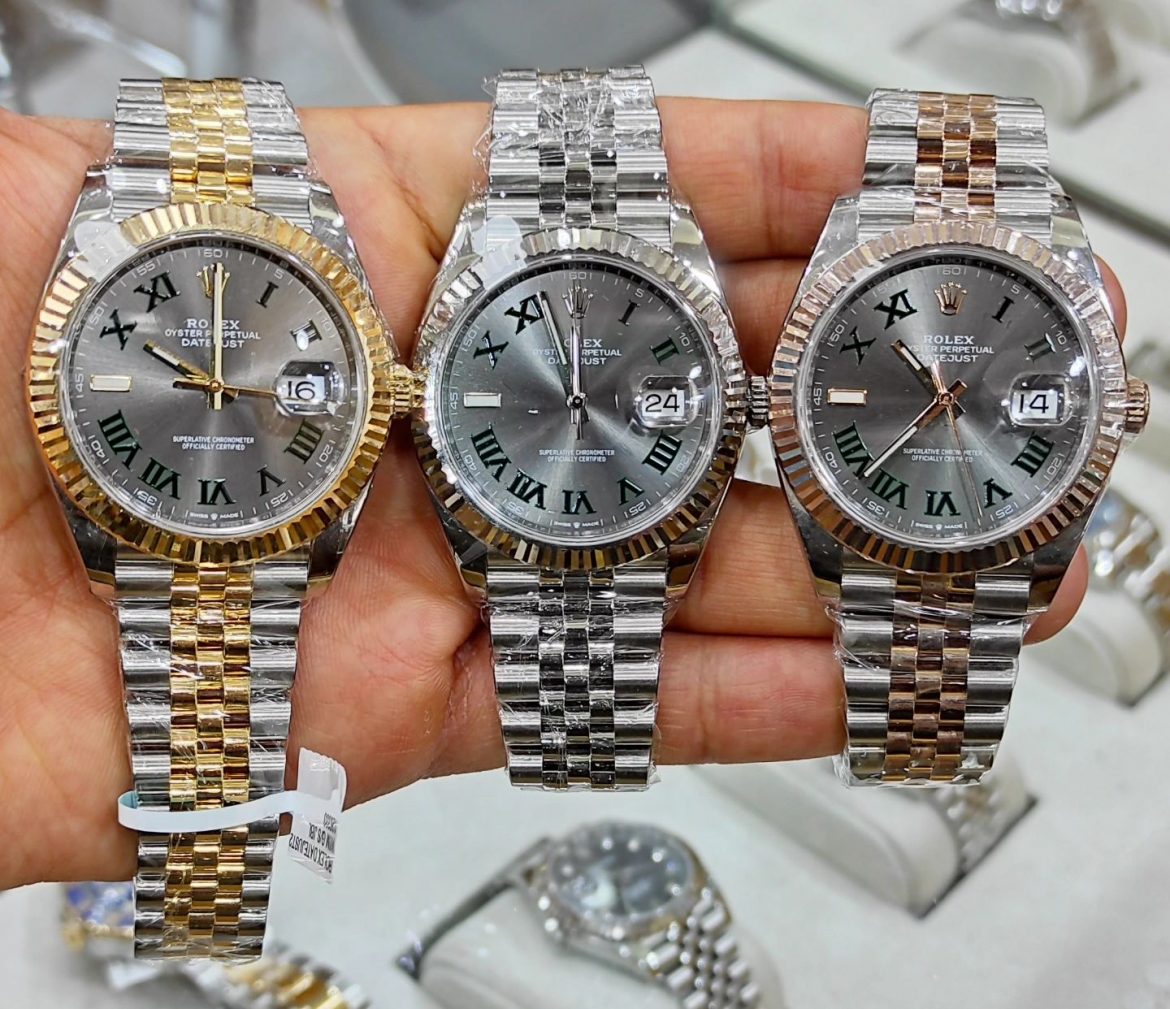There has been an alarming increase in the number of sophisticated fake luxury timepieces reaching the secondary watch market, with Rolex knockoffs reportedly accounting for about half of them. Watchfinder & Co. chief executive Arjen van de Vall told Bloomberg in an interview that almost 10% of the pre-owned high-end watches received from sellers last year were found to be fakes during their stringent authentication process. “Rolex is the most aspirational luxury watch brand and the highest demand, hence, it’s the most replicated,” van de Vall claimed. A Watchfinder article estimates that around 40 million fake watches are made every year, which is double what Switzerland produces and it generates a profit of roughly $1 billion.

The specialists at Watchfinder were once able to spot 80 percent of counterfeits on sight, van de Vall says. However, only 20 percent can be visually identified as fakes now thanks to the level of sophistication and accuracy of the new replica watches. Some of the knockoffs are so convincing that they can fool even the most knowledgeable experts. The CEO of the Richemont-owned company claims the employees “now need to perform more detailed inspections including opening watch casebacks and checking movements to identify the high-end knockoffs.”

To tackle the rise of replica watches, Rolex even started a certified pre-owned program last year that authenticates pre-owned watches sold through authorized dealers. Obviously, Rolex isn’t the only luxury watch brand to be affected by this growing problem. “You see replica or clone watches—very, very high quality watches—of virtually all of the big luxury brands,” van de Vall said. The staggering growth in counterfeiting can be attributed to rapidly escalating prices and the ever-widening gap between the insane demand and dwindling supply. The luxury watch industry saw an unprecedented boom during the pandemic, with prices skyrocketing during that time. The market has cooled off over the last year because of the growing economic uncertainties, but there are still plenty of highly desirable watches that have maintained their unobtanium status.

